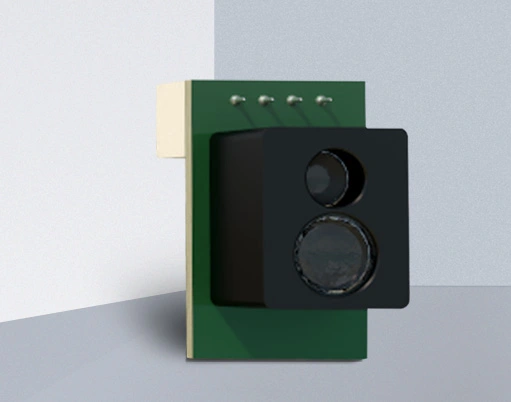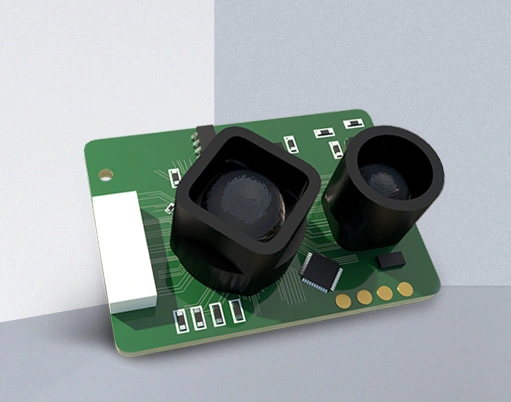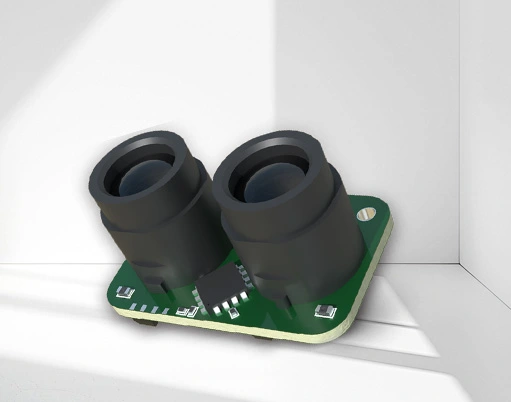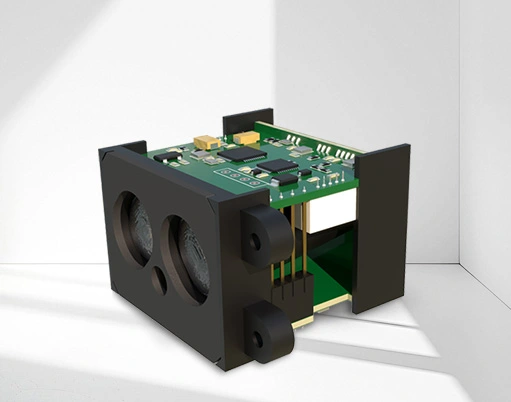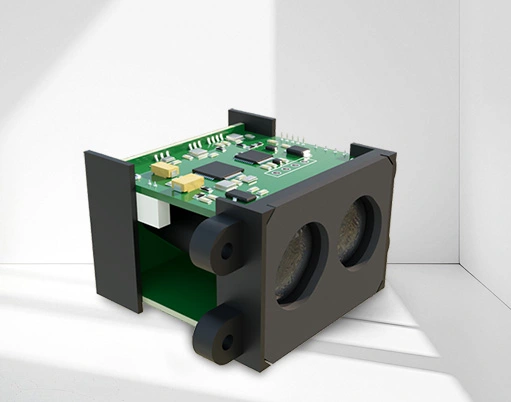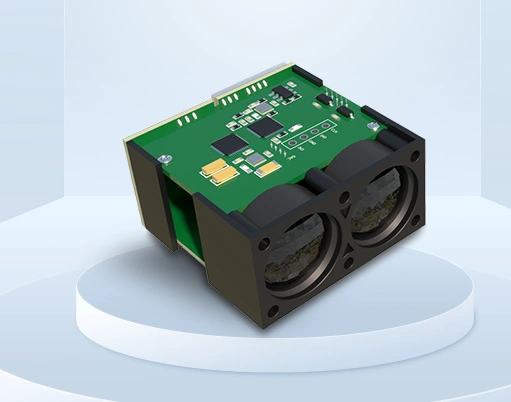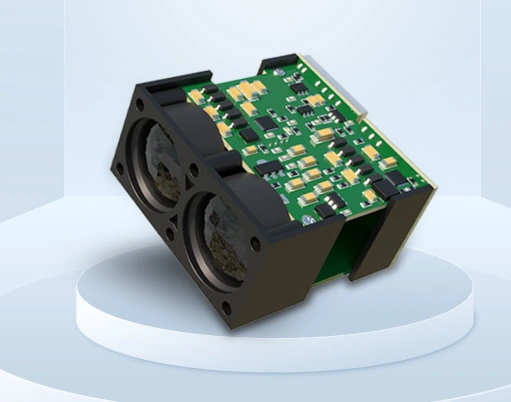
Using a laser rangefinder to check the offset of belt deviation is an efficient and accurate method. The following are specific steps and precautions:
1. Preparation work
Laser rangefinder: Choose high-precision equipment suitable for industrial environments.
Fixed bracket: used for stable installation of laser rangefinder.
Reference point: Set fixed reference points on both sides or near the belt for easy measurement and comparison.
2. Install laser rangefinder
Position selection: Install the laser rangefinder above or on the side of the belt, ensuring that the laser beam is perpendicular or parallel to the direction of the belt's movement.
Fixed bracket: Use a bracket to secure the equipment and ensure that it does not move during the measurement process.
3. Set reference points
Reference point marking: Set fixed reference points on both sides or near the belt, such as metal plates or marking lines.
Initial measurement: When the belt is running normally, measure the distance from the laser rangefinder to the reference point and record the initial value.
4. Measure offset
Start the belt: Start the belt and run it to normal working speed.
Real time measurement: Use a laser rangefinder to measure the distance to the reference point in real time and record the data.
Multiple measurements: Measure multiple times at different time periods to ensure data accuracy.
5. Data analysis
Calculate offset: Compare real-time measurement data with initial values to calculate offset.
Draw a curve: Draw a curve showing the variation of offset over time and analyze the trend of deviation.
6. Adjustment and correction
Adjust the belt: Adjust the belt tension or roller position based on the measurement results to correct any deviation.
Measure again: Adjust and measure again to ensure that the deviation issue is resolved.
7. Precautions
Environmental factors: Avoid strong light, dust, and other interference with measurements.
Equipment calibration: Regularly calibrate the laser rangefinder to ensure measurement accuracy.
Safe operation: Maintain a safe distance while the belt is running and avoid contact with moving parts.
8. Records and Reports
Record data: Detailed recording of the time, distance, and offset of each measurement.
Writing a report: Based on data analysis, write a deviation inspection report and propose improvement suggestions.
summarize
Through the above steps, the deviation of the belt can be accurately measured, and problems can be detected and corrected in a timely manner to ensure the normal operation of the belt.

























